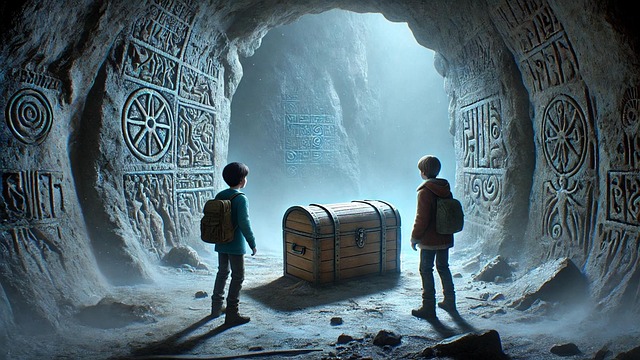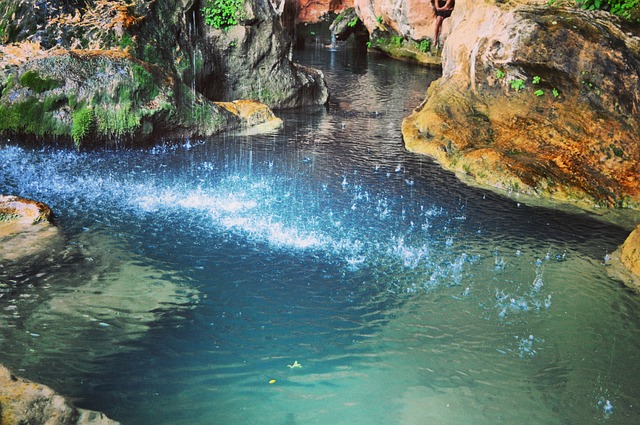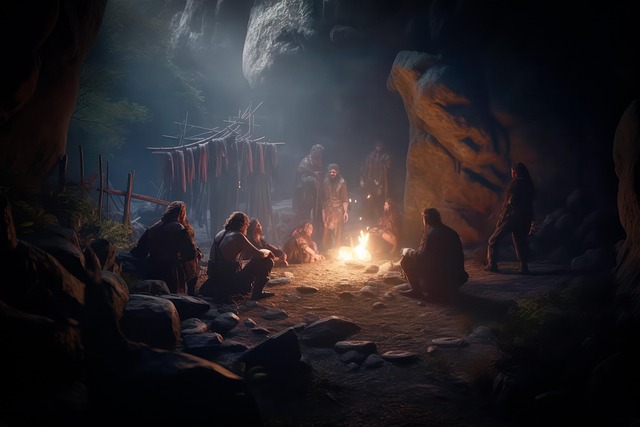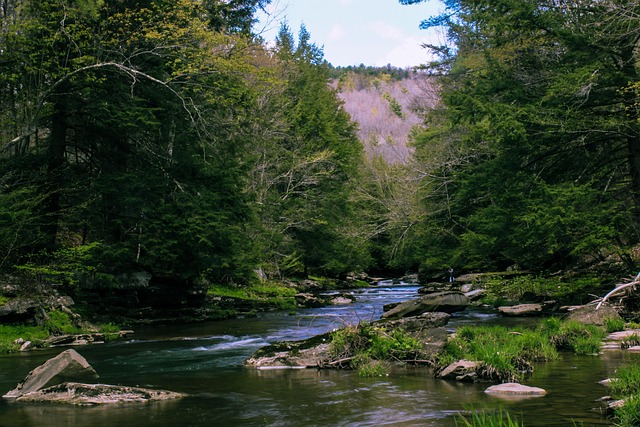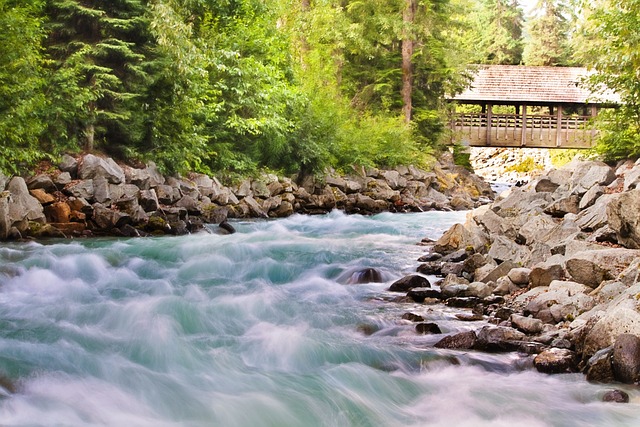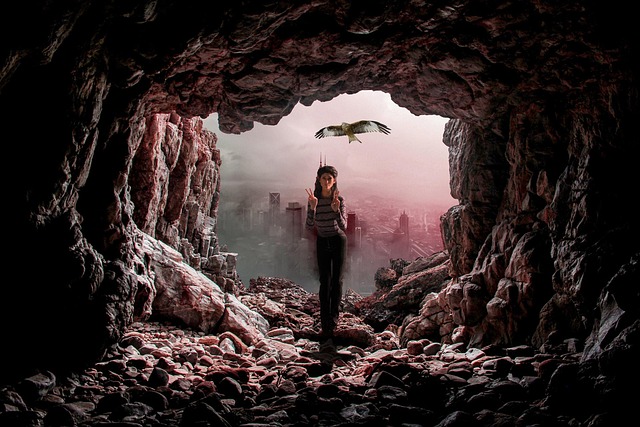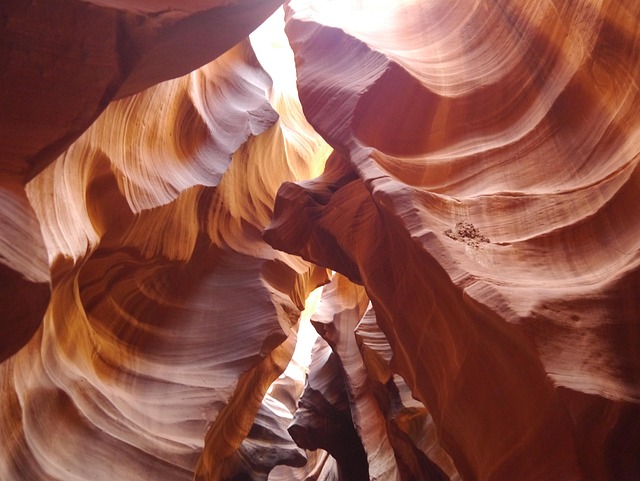Desert landscapes offer a unique blend of natural appeal and real estate potential. Trails cater to equestrian enthusiasts, driving demand for properties along scenic routes seeking solitude, nature connection, and recreational access. Developers strategically plan resorts, ranches, and communities that blend with desert scenery, capitalizing on market growth and popular equestrian sports. The culture revolves around horses as a way of life rooted in tradition, with historic navigation use and community bonds. Trail riding provides immersive experiences, fostering community and appreciation for the natural environment, integrating into local culture.
Explore the enchanting desert landscapes through the lens of equestrian culture and trail riding. This article delves into the unique synergy between stunning desert scenery and real estate development, showcasing how trails have shaped communities and attracted horse enthusiasts worldwide. From breathtaking views to immersive experiences, discover how desert trails are not just recreational routes but gateways to a vibrant lifestyle, blending nature and community in harmonious symbiosis.
Desert Scenery: Trails and Real Estate Synergy
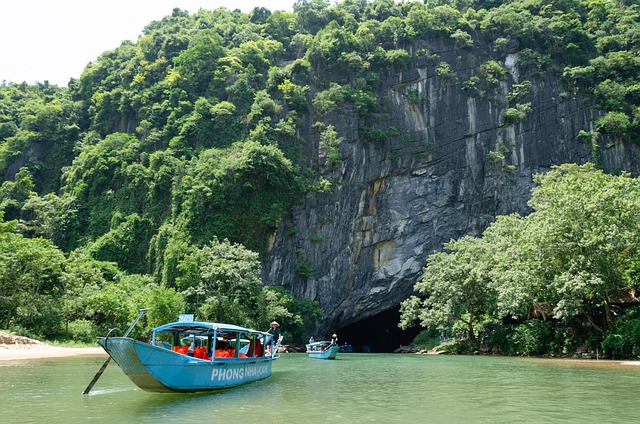
The vast, untamed landscapes of deserts offer a unique synergy that combines the allure of nature with the potential of real estate development. Trails winding through sand dunes and rocky terrains create scenic routes not just for equestrian enthusiasts but also for prospective investors in the real estate sector. This integration of outdoor recreation and property investments is transforming desert regions into sought-after destinations, where trails become key amenities, enhancing property values and fostering a thriving equestrian culture.
Equestrian trails provide access to breathtaking vistas, attracting horse owners, riders, and tourists alike. The demand for properties along these routes surges, fueled by the desire for solitude, connection with nature, and proximity to recreational activities. Developers and land investors recognize this synergy, strategically planning resorts, ranches, and residential communities that seamlessly blend into the desert scenery, capitalizing on both the real estate market’s growth and the growing popularity of equestrian sports and outdoor adventures.
Equestrian Culture: ShapingDesert Communities
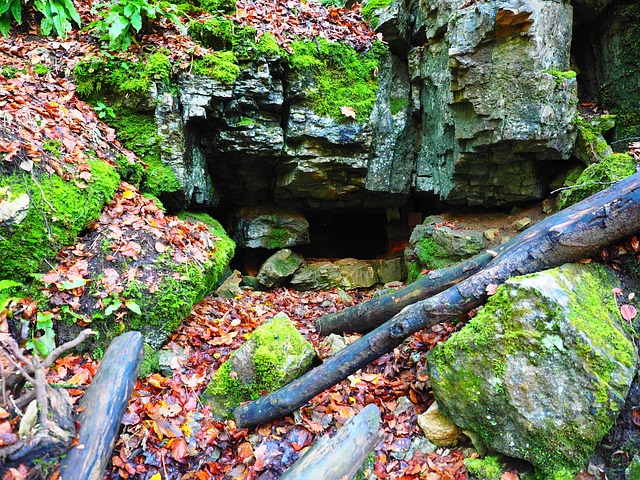
The desert, with its vast and rugged landscapes, has long been a place where horses and their riders forge deep connections. Equestrian culture in desert communities is more than just a pastime; it’s a way of life deeply rooted in tradition. Horses have played a pivotal role in shaping these regions, enabling transportation across harsh terrains and fostering a sense of community among locals.
This unique cultural heritage extends beyond the saddle, influencing local real estate and community development. Equestrian-centric neighborhoods are emerging, offering not just homes but also shared spaces for horse ownership and riding. These communities celebrate the desert’s beauty while embracing its challenges, showcasing how equestrian culture continues to thrive and shape the lives of those who call these areas home.
Trail Riding: A Gateway to Desert Lifestyle

Trail riding has emerged as a captivating aspect of desert life, offering residents and visitors alike an immersive experience in the region’s unique landscape. This equestrian activity involves exploring vast stretches of sand dunes, rocky terrains, and serene oases on horseback, fostering a deep connection with nature. It’s not just about riding; it’s a gateway into the desert lifestyle, where the open skies and rugged terrain become a canvas for adventure.
For those considering a move to these arid regions, trail riding can be a significant factor in their decision. The real estate market in desert areas often includes properties with direct access to trails, ensuring residents can indulge in this exhilarating pastime year-round. It creates a sense of community among fellow riders and fosters a deeper understanding and appreciation for the natural environment, making it an integral part of the local culture.
